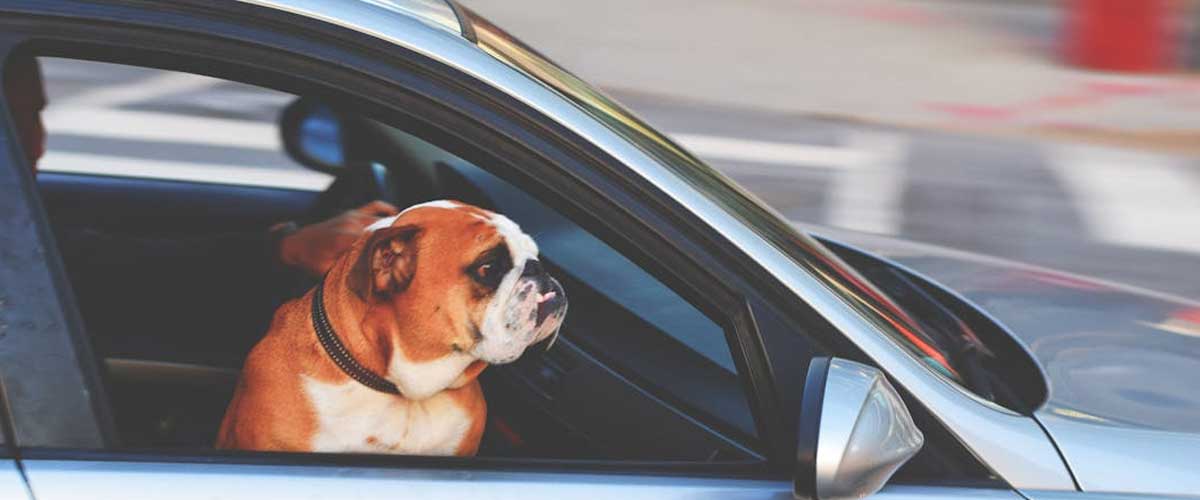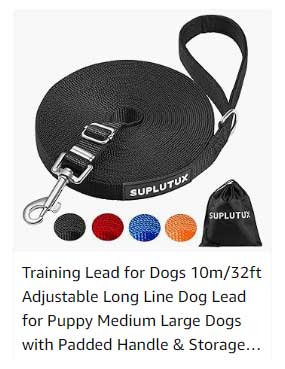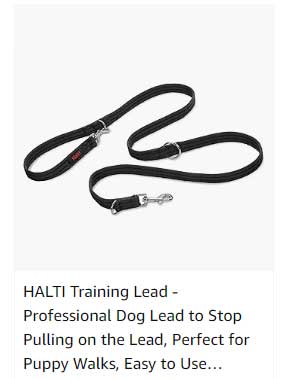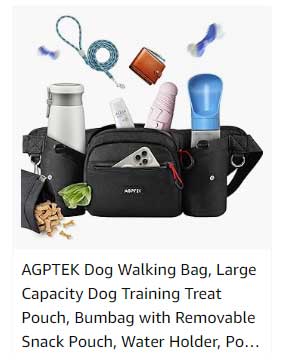As pet owners, ensuring the safety and comfort of our furry companions is always a top priority, especially during car rides.
Dogs, like humans, can become anxious or excited during travel, making it crucial to have effective lead control.
In this article, we’ll discuss techniques to manage your dog in the car, ensuring a safer journey for everyone involved.
Why Lead Control is Important
1. Safety for All Passengers:
An unrestrained dog can be a significant distraction for drivers, leading to accidents.
Proper lead control minimizes this risk, keeping both the canine and human passengers safe.
2. Reducing Anxiety:
For some dogs, car rides can be stressful.
Having a secure lead can help them feel more grounded and less anxious about movements within the vehicle.
3. Preventing Escapes:
When you open the car door, an excited dog may bolt.
Using a lead can prevent your pet from darting out into traffic or unknown environments.
Choosing the Right Equipment
1. Hybrid Harnesses:
A harness designed specifically for car travel can provide secure attachment points while ensuring comfort.
Look for features like padded straps and multiple attachment hooks.
2. Seat Belts for Dogs:
These are designed to loop through a harness and buckle into the car’s seatbelt system, keeping your dog safely in place during the ride.
3. Lead Length:
A leash that’s too long can allow your dog to roam the car freely and can lead to accidents.
A short, strong lead is preferable for car rides.
Training Your Dog for Car Travel
1. Familiarization:
Allow your dog to explore the car while it’s parked. Let them sniff around and get used to the environment, which can help reduce anxiety.
2. Positive Reinforcement:
Use treats and praise to reward your dog for entering the car calmly.
This positive association can make future trips more enjoyable.
3. Practice Short Trips:
Start with short rides to help your dog acclimate.
Gradually increase the duration as your dog becomes more comfortable.
Best Practices for Using Lead Control in a Car
1. Secure the Harness:
Always ensure that your dog’s harness is properly fitted before taking off; it should be snug but not too tight.
2. Sit in the Back Seat:
For safety reasons, it’s advisable to have your dog sit in the back seat.
This way, they’re less likely to be injured by the airbags and can be more relaxed.
3. Keep the Car Ventilated:
Make sure there’s proper airflow in the car.
Dogs can struggle to tolerate heat, so it’s essential that they are comfortable during the ride.
4. Take Breaks:
On longer trips, make sure to take regular stops to allow your dog to stretch their legs, hydrate, and relieve themselves.
5. Avoid Feeding Right Before Travel:
To prevent car sickness, avoid feeding your dog immediately before hitting the road.
A gap of a few hours between their last meal and travel time is usually recommended.
Conclusion
Lead control for dogs in a car is not just about managing their behavior; it’s about creating a safe and enjoyable travel experience for both you and your pet.
By selecting the right equipment, training your dog with positive reinforcement, and adhering to best practices, you can ensure your travels are worry-free.
Remember, the goal is not just to reach your destination, but to enjoy the journey together. Safe travels!











